Ginkgo Biloba
Ginkgo biloba, ginkgo is a large tree with fan-shaped leaves the leaves are commonly included in supplements and taken by month for memory problems,its seems to improvr blood circulation,and might also actas antioxidant to slow down changes in the brain.
Send Enquiry
Ginkgo biloba, ginkgo is a large tree with fan-shaped leaves the leaves are commonly included in supplements and taken by month for memory problems,its seems to improvr blood circulation,and might also actas antioxidant to slow down changes in the brain.
Related Products
-
Get Quote
Silymarin {Milk Thistle}
Silymarin {milk thistle}has other common names including cardus marianus, milk thistle, blessed milkthistle, marian thistle, mary thistle, saint mary’s thistle, mediterranean milk thistle, variegated thistle and scotch thistle this species is an annual or biennial plant of the family asteraceae. This fairly typical thistle has red to purple flowers and shiny pale green leaves with white veins
-
Get Quote
Boswellia Serrata
Boswellia serrata is a plant that produces indian frankincense. It is also known as indian oli-banum, salai guggul, and sallaki in sanskrit.
-
Get Quote
Astaxanthin
Astaxanthin is a keto-carotenoid. It belongs to a larger class of chemical compounds known as terpenes (as a tetraterpenoid) built from five carbon precursors, isopentenyl diphosphate, and dimethylallyl diphosphate. Astaxanthin is classified as a xanthophyll (originally derived from a word meaning “Yellow leaves
-
Get Quote
Aloe Vera
Aloe vera is a succulent plant species of the genus aloe. Having some 500 species, aloe is widely distributed, and is considered an invasive species in many world regions. An evergreen perennial, it originates from the arabian peninsula, but grows wild in tropical, semi-tropical, and arid climates around the world. It is cultivated for commercial products, mainly as a topical treatment used over centuries. The species is attractive for decorative purposes, and succeeds indoors as a potted plant.
It is used in many consumer products, including beverages, skin lotion, cosmetics, ointments or in the form of gel for minor burns and sunburns. There is little clinical evidence for the effectiveness or safety of aloe vera extract as a cosmetic or topical drug. The name derives from latin as aloe and vera (“True”).

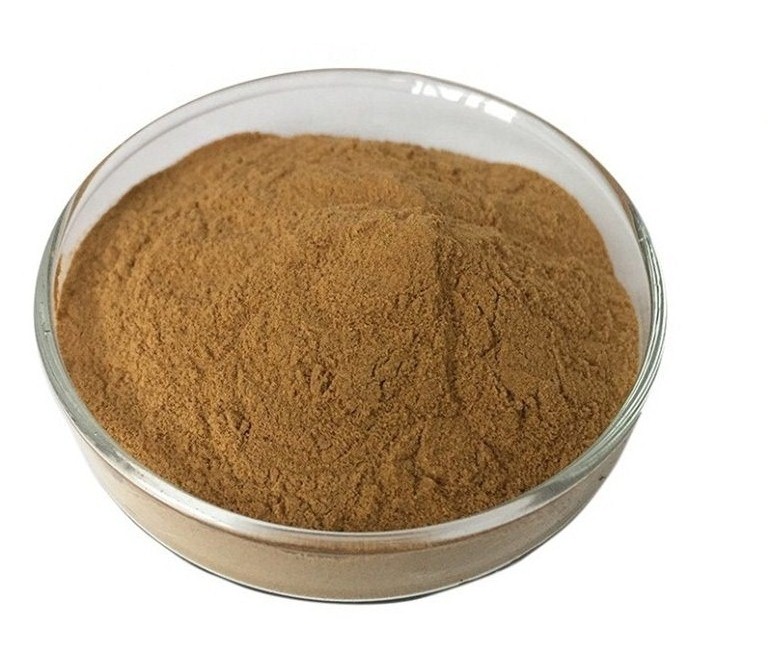
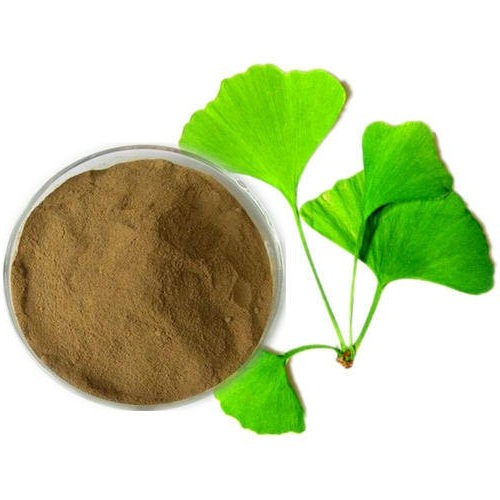

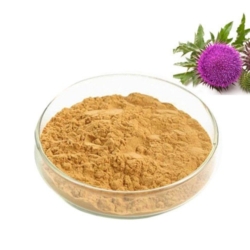
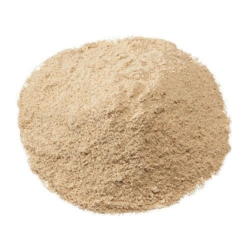
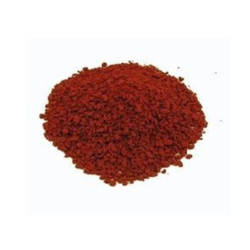
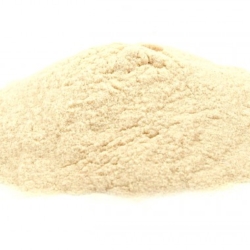
Reviews
There are no reviews yet.